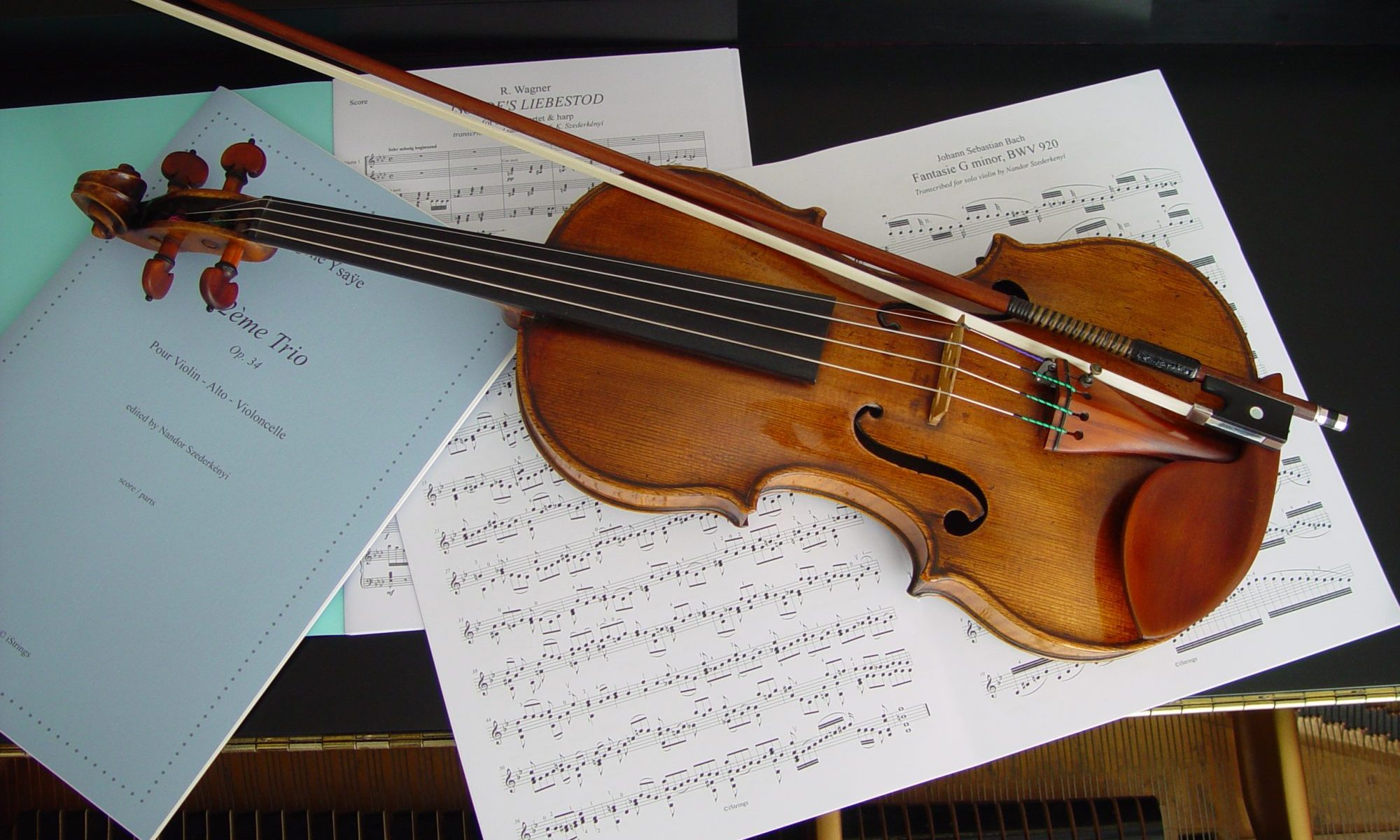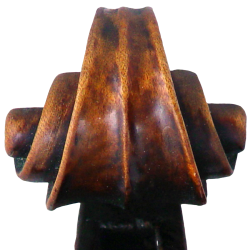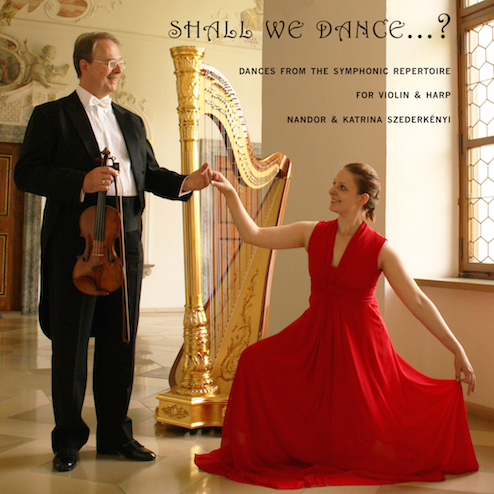The idea of making a transcription of Ravel’s La Valse came as we were searching for a theme we thought would be nice, something happy, somethig people enjoy, something that keeps people together. Dance. But there are millions of all kinds of dance music out there, how could this be something more special, more specific? Dance music without dancing?
Especially in Vienna, dance is part of life, all teenagers go to ballroom dancing classes! Especially in winter time, one can go to a ball almost every day, begining in November through to June, most famous are the Vienna Opera Ball, Vienna Philharmonic Ball and the Life Ball. I myself played many times at different balls there, it’s a huge tradition, high society entertainment, with lots of dancing. I even tried to see if I could pick some good “material” from the Strauss & co. world, but there are so many, I simply gave up.
So instead, I started to browse the symphonic literature and found surpisingly many dances, so we just had to choose a nice selection. We already had a title for the bunch “Shall We Dance…”, so I started to work on it. One of the priorities was giving both instruments equal treatment for melodic and accompanying material.
Weber’s Invitation to the Dance seemed an obvious opening piece. It was so popular in the early 19th century, that Berlioz orchestrated it, using harps. Transcribing this was actually quite straightforward.
The Valse from the Symphonie Fantastique by Berlioz worked similarly – it was important for us to keep the original harp excerpts as harpists learn them for orchestral auditions.
Salome’s Dance of the Sevel Veils started to make my life a bit more busy. I remember Katrina saying that she would never play any other than the original in orchestra, so I started to work on it without telling her. When I had most of it done and I was with her in Germany to practice together, I carefully told her while out for a walk, that well, I tried it anyway, and if she still doesn’t like it, I would play it with someone else. Of course it is now in our rep and we have recorded it.
The main difficulty with Salome was that we need to make this huge, in orchestra practically unplayable ending doable.
Already many years ago, I had the impression, that we have to play everything as fast as possible. Since I had a reasonable technique, I was going with this trend, Mozart, Beethoven, Bartók, no matter what, I played as fast as possible, until one point came, where I suddenly felt, hey, this music is just not enjoyable that fast. This was Kreisler’s Recitative and Scherzo Caprice. Even my prof at the Liszt Academy said, hm, he always played it much faster, but yes, it does make sense slower. Many years later, visiting the old Liszt Academy, seeing former colleagues, I was a bit annoyed when they asked me, “do you still play so fast?”
When I had the chance to play the opera Salome, I was simply shocked. And ever since, when I listen to recordings, I’m surprised that conductors absolutely don’t care if we musicians are sweating blood, taking it to the extreme, totally inconsiderate of the technical difficulties. Personal anecdotes relate that Richard Strauss himself said that many of his technically difficult spots are basically just colour. However, this Salome ending is a different case. Already the start of the last section is so transparent and quiet, that just one wrong note in the violin section makes it messy.
It was a long process, but I believe I managed the right compromise, using some “violinistic tricks” and of course a good steady harp base to make it most effective. Even so, the last couple of bars are still a bit sacary, but oh well, some challenge is nice to have, isn’t it?
Speaking of challenge, thanks to Nathan Milstein, we have a couple of very interesting works for solo violin, one of which is the Mephisto Valse by Liszt. When it was first published, I had to have the music right away and practiced it like crazy (recorded it too). And because it is a Valse, a dance, I took the challenge and included it into the series of dances.
Actually, this is only one of Liszt’s Mephisto Valses, somehow only this one became famous, also for orchestra, but I think the piano version is really fantastic. This is a different world! His unique atmosphere with the melancolic slow sections mixed with the really devilish fast parts, he brings us to an unparalleled space of music.
It is not easy technically for both instruments, particularly because the tiniest details are important without giving the slightest impression of technical show off. There are only the millions of dancing little devils who suddenly change face and end up in a romantic love scene, but finally realize that this was only a dream and the dance goes on.
The only dance in “Shall We Dance…” that originally was also ballet is the Dance of the Hours by Ponchielli, part of his opera “La Gioconda”. Perhaps this is the loveliest music of all, it is light, easy going and fun.
I didn’t know the Jazz Suites by Shostakovich. But I knew those melancholic, nostalgic sad Jewish sounding valses and had no idea he used them for his Suites. And I definitely wanted to use them also.
After listening to all, I decided the ones I was going to include, but I didnt want to make movements. So in this case, I wrote a quite long “medley” of the most popular parts, some happy and some sad, ending with what to me, is this so much like circus music ending. Its a really fun music.


